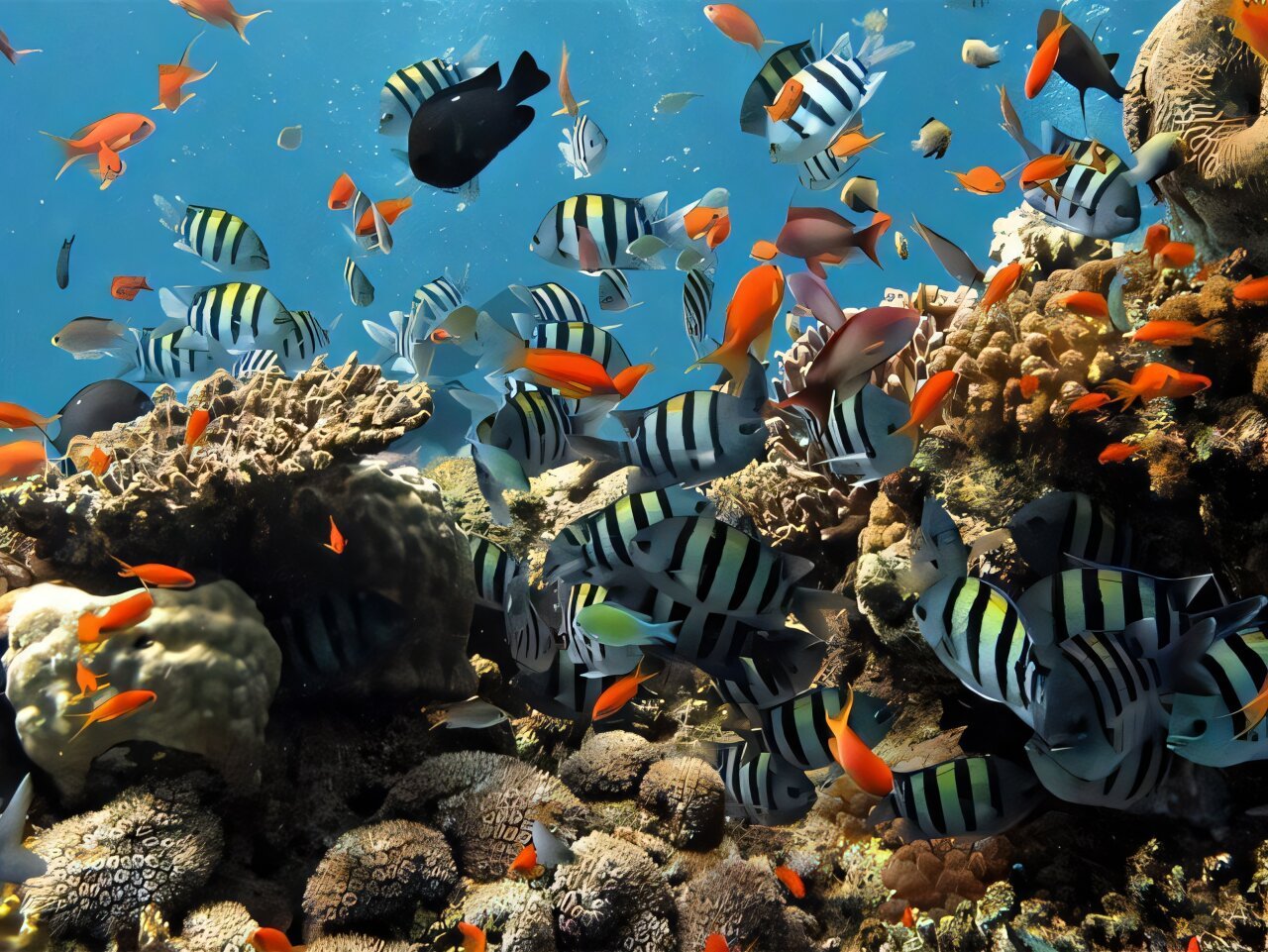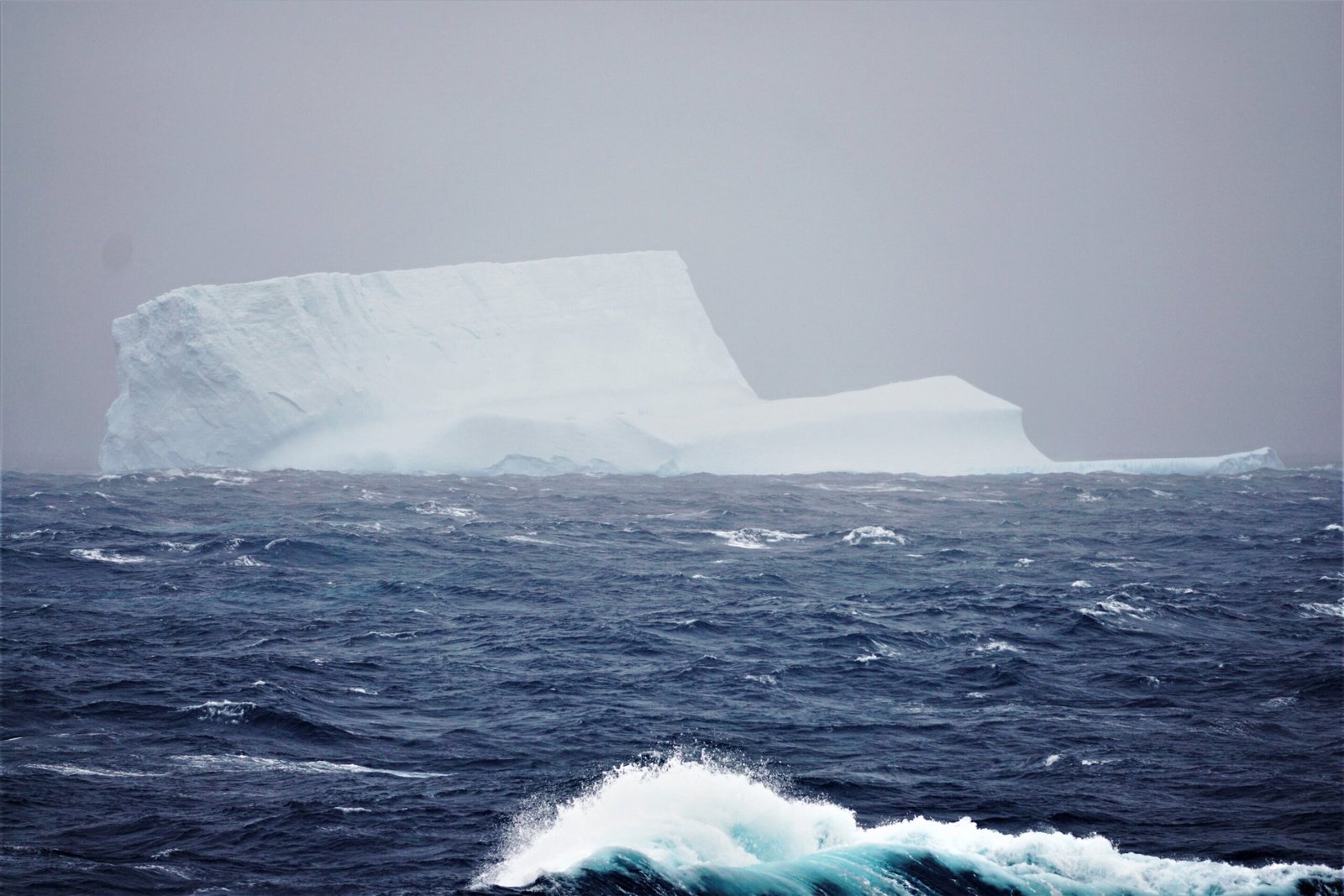
For seaside communities reducing their pollution, nitrogen is a prime target. Often found in agricultural runoff and human waste, nitrogen and the nitrogen-containing nitrate molecule can enter coastal waters as a critical nutrient for algae. Its abundance leads to a surplus of algal blooms, upsetting delicate balances of plant and marine life.
Many South Florida communities dispose of treated wastewater—which contains nitrate and more—by shallowly injecting it into the ground below the groundwater table. Microbes living in the groundwater within the porous limestone bedrock convert and consume wastewater-derived nitrate to nitrogen gas or ammonium. But underground microbes are an imperfect—if still helpful—antidote for wastewater nitrogen in the Florida Keys, a finding that researchers at Penn State said may help other coastal areas with their cleanup strategies. The scientists reported their findings and potential applications in The Depositional Record, a journal in sedimentology.
The team at Penn State previously evaluated phosphate—a nutrient involved in many biological processes and applied in industry products, like fertilizer—and its removal from shallowly injected wastewater near a treatment facility in Marathon, Florida.
A backdrop also for the nitrogen study, the treatment facility releases effluent 60 to 90 feet below ground into the porous limestone bedrock near the coastline. Drawing samples from an array of groundwater wells positioned between the effluent injection well and the coastlines of the Florida Bay and Boot Key Harbor, which both lead into the Atlantic Ocean, between 2021 and 2023, the researchers consistently found appreciable nitrogen and phosphorus had migrated toward the shore. This indicates that while the underground microbes converted and consumed some of the nitrate and phosphate, they did not successfully capture all of the nutrients.
“Both nitrate and phosphate are greatly reduced between injection and the time the effluent reaches nearshore waters,” said lead author Miquela Ingalls, an assistant professor of geosciences in Penn State’s College of Earth and Mineral Sciences. “Yet the contaminant levels shifted widely over time. How much nitrate and phosphate had already been removed from the water, or still remained, varied by orders of magnitude. “
The variability is likely tied to seasonal differences in wastewater volume and to phosphate’s interactions with porous carbonate bedrock, Ingalls said, explaining additional research would be needed to confirm.
Funded by the Environmental Protection Agency, both the phosphate and nitrogen studies centered contaminant sampling in the Florida Keys National Marine Sanctuary. Officials there are concerned with hazards to ecosystems already at risk, the researchers said.
The team also wanted to establish whether shallow injections there serve as a “functional equivalent” of the direct discharge of untreated sewage. The term—”functional equivalent”—is central to a U.S. Supreme Court ruling in 2020, when justices decided permits are necessary for direct discharges—or their equivalent—in navigable waters. Shallow injections beneath the groundwater table also require permits under standard environmental regulations.
The researchers found the injections aren’t equal to direct discharges to the ocean, explaining that biogeochemical cycles occurring within the route the waste material takes back to the surface water significantly filter its content compared to a direct discharge.
However, Ingalls said, the nitrogen findings signal that effluent may need more travel time from the injection point to coastal waters to better filter the contaminants and avoid adverse ecosystem effects.
“Shallow injection is not 100% efficient,” Ingalls said. “So, you are still injecting some amount of these contaminants into the ecosystem surrounding the Keys.”
One fix may be to modify the effluent’s chemical makeup for greater salinity and density, she said. That approach could keep the discharge from buoying as quickly to the surface, giving it more filtration time, Ingalls explained.
Marathon City Council agreed in 2023 to shift away from shallow injection. An environmental group had sued the city over the practice, citing in part some preliminary data from the earlier phosphate study.
“After the Supreme Court decision, the state has been trying to move away from the practice of shallow injections,” she said. “But it’s a financial burden.”
Further research will delve more into the process called adsorption, when phosphate binds to the carbonate bedrock, made of ancient coral reefs. In a follow-up project, researchers are exploring how long the phosphate stays attached and how easily it can dissolve back into the water.
Lee Kump, the John Leone Dean in the College of Earth and Mineral Sciences and a professor of geosciences; Kate Meyers, who earned her master’s degree from Penn State in 2023; and Emily Stoller, an undergraduate research assistant, contributed to the recent study.
More information:
Miquela Ingalls et al, Fate of wastewater nitrogen upon injection into a coastal saline groundwater system, Florida Keys, USA, The Depositional Record (2025). DOI: 10.1002/dep2.70018
Provided by
Pennsylvania State University
Citation:
Imperfect underground processes help filter wastewater in Florida Keys (2025, August 4)
retrieved 4 August 2025
from https://phys.org/news/2025-08-imperfect-underground-filter-wastewater-florida.html
This document is subject to copyright. Apart from any fair dealing for the purpose of private study or research, no
part may be reproduced without the written permission. The content is provided for information purposes only.




